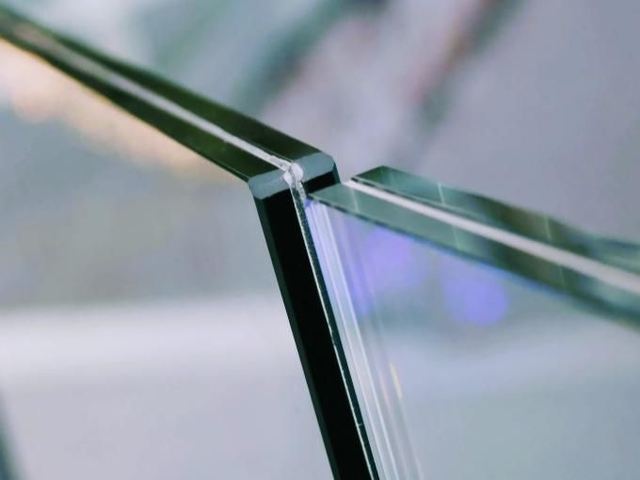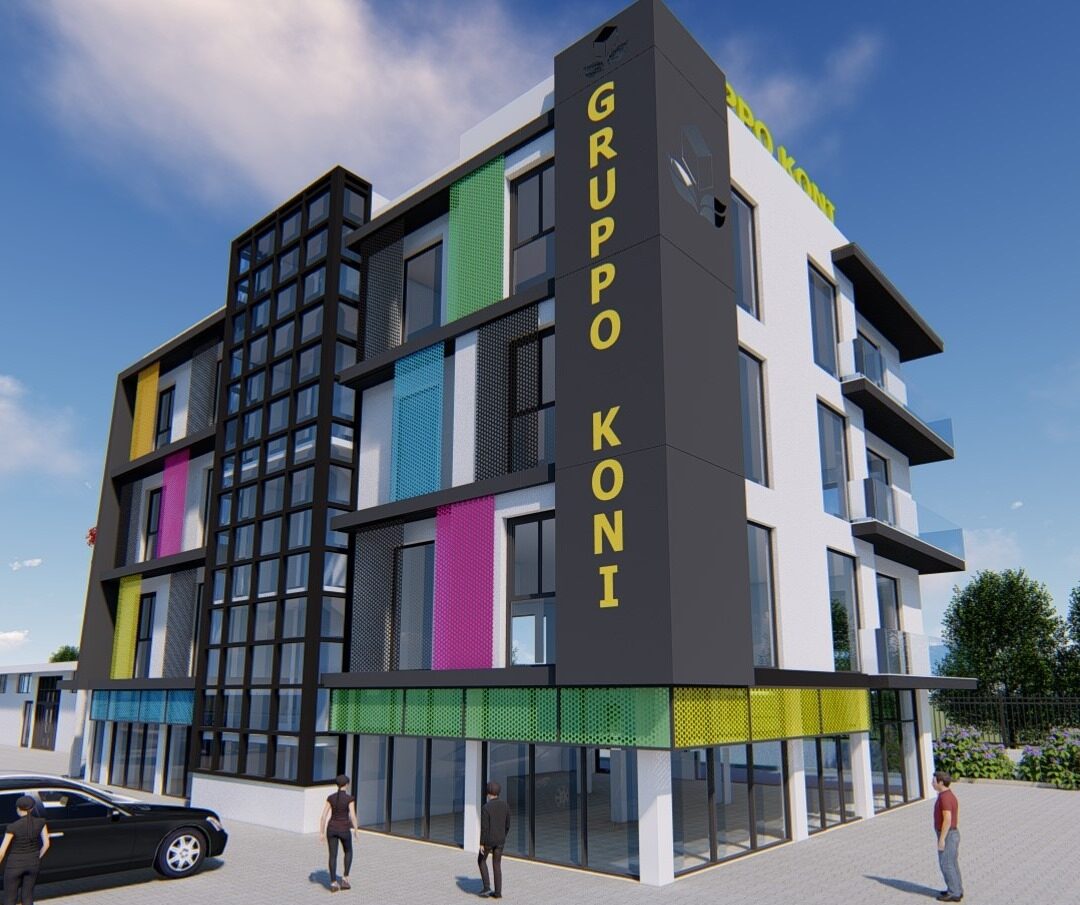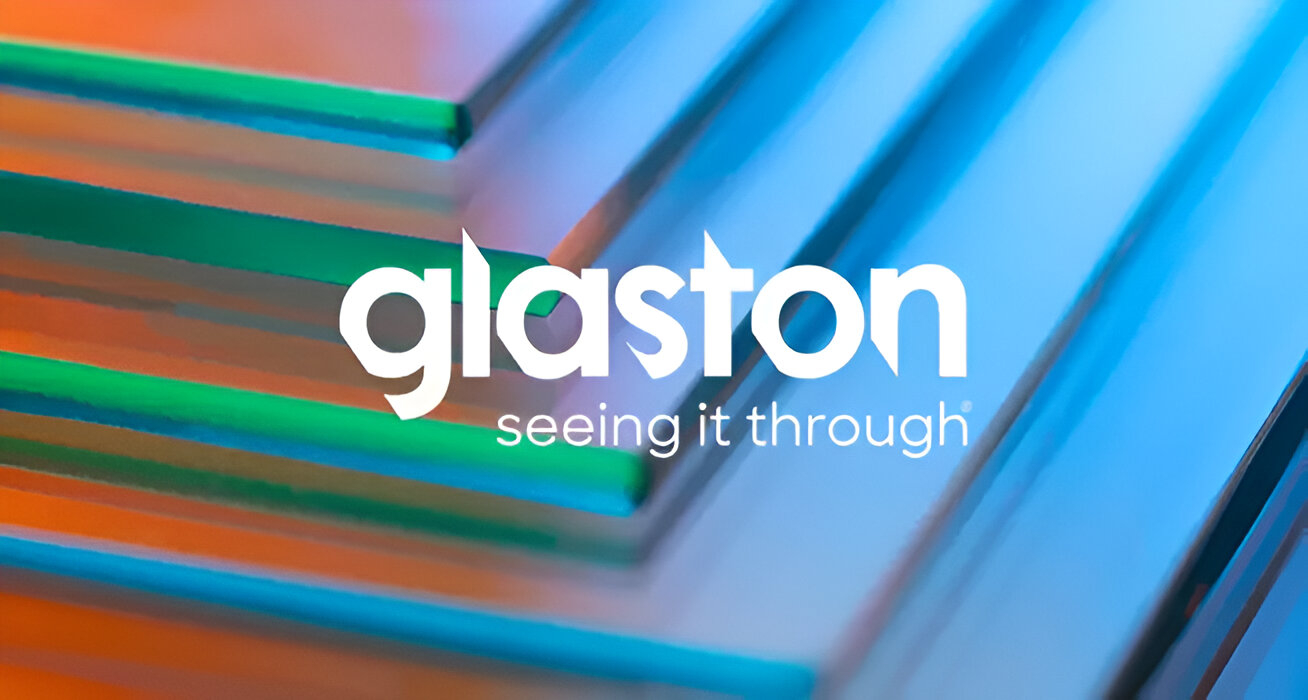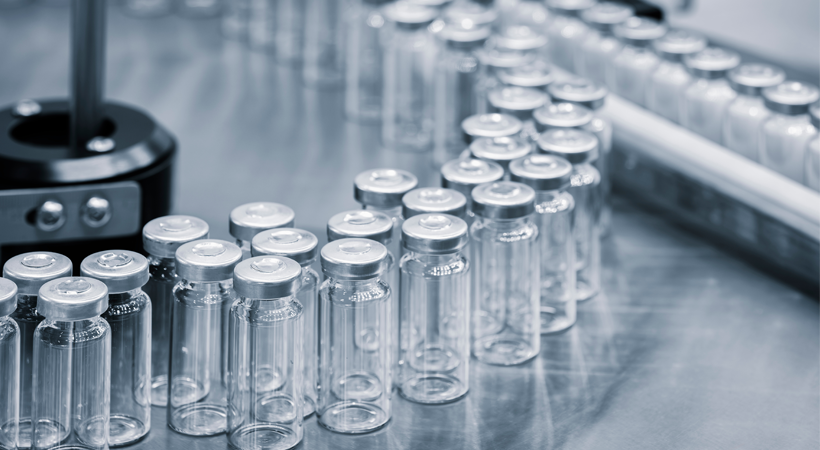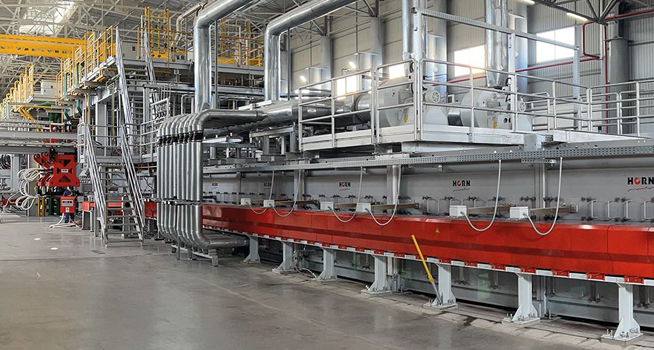As glass becomes an increasingly dominant material in both public and private architecture, the demand for functional glass technologies has surged. Among the most impactful innovations are self-cleaning glass, anti-reflective glass, and anti-microbial glass, each designed to address very different challenges in built environments. Let’s take a closer look at these smart surfaces and how they’re transforming industries.
🔹 Self-Cleaning Glass: A Solution for Maintenance and Visibility
Self-cleaning glass is engineered with photocatalytic and hydrophilic coatings, most commonly based on titanium dioxide (TiO₂). These coatings work in two stages:
- Photocatalysis breaks down organic dirt when exposed to sunlight.
- Hydrophilicity allows rainwater to form a sheet over the surface, washing the dirt away.
This technology is especially beneficial for buildings with hard-to-reach façades, such as:
- Skylights
- Conservatories
- High-rise structures
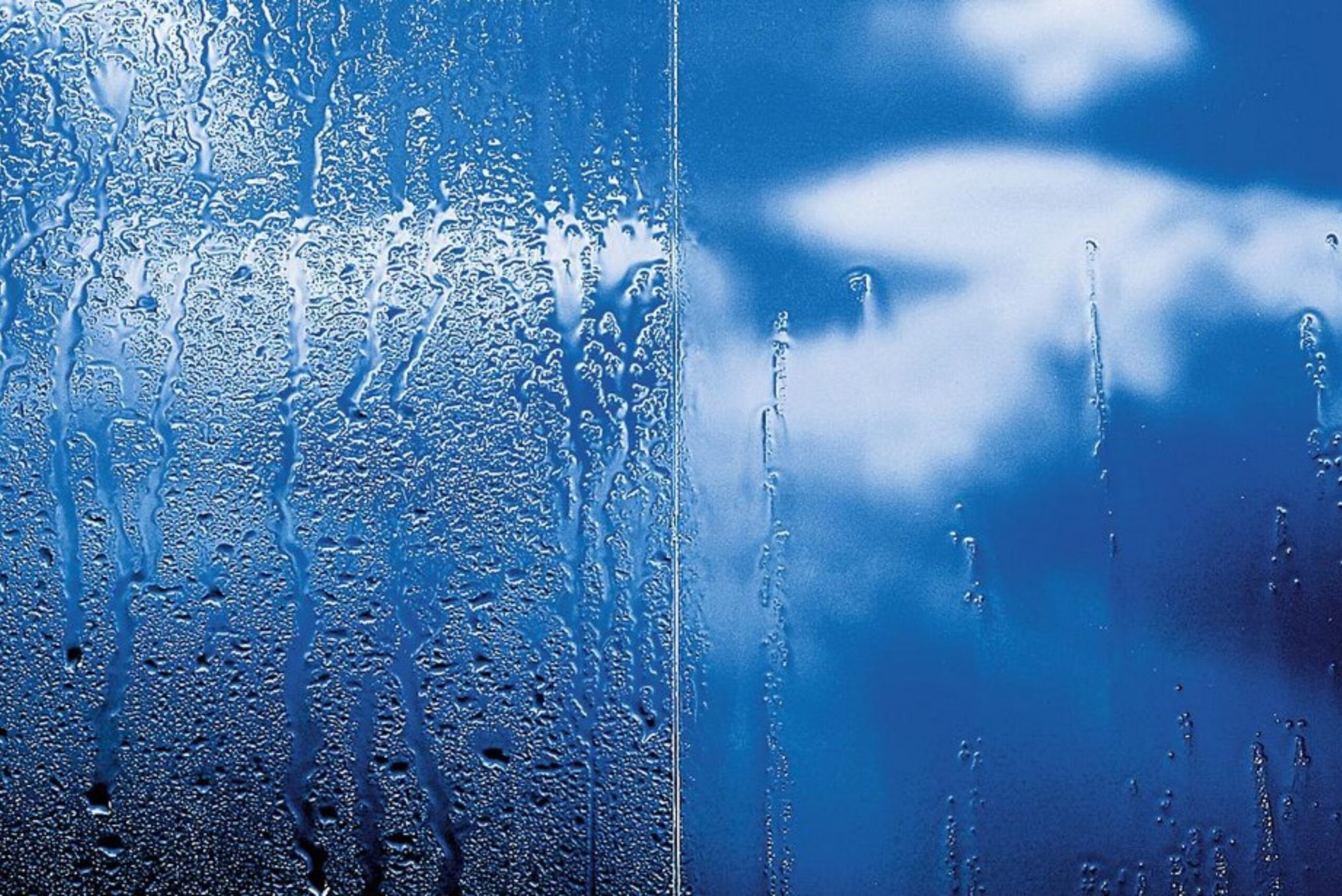
By reducing the need for manual cleaning, it lowers maintenance costs and improves long-term clarity and aesthetics.
🔹 Anti-Reflective and Low-Reflective Glass: Clarity Where It Counts
Designed with nano-scale coatings, anti-reflective glass significantly reduces glare and reflection from ambient light, ensuring superior transparency and color accuracy. These coatings work by minimizing light reflection on the surface, allowing more light to pass through, improving both the viewing experience and energy efficiency.
Ideal applications include:
- Museums, where artwork visibility must be preserved without distortion
- Retail display cases, for high-end merchandise like jewelry or electronics
- Architectural glazing, where transparency and exterior aesthetics are key
This type of glass is not just aesthetic; it’s functional, especially in settings where visual clarity is critical.
🔹 Anti-Microbial Glass: Invisible Protection in Public Spaces
Hygiene is now a top priority in public design, and anti-microbial glass offers a proactive defense. These glass types are coated or infused with silver ions or similar active agents, which disrupt the cell membranes of bacteria and viruses on contact, reducing microbial growth.
This makes them highly suitable for:
- Hospitals and healthcare environments
- Public transportation (e.g., touchscreens, partitions)
- Food production and processing facilities
By continuously working without human intervention, anti-microbial glass helps reduce the spread of pathogens and contributes to safer shared environments.
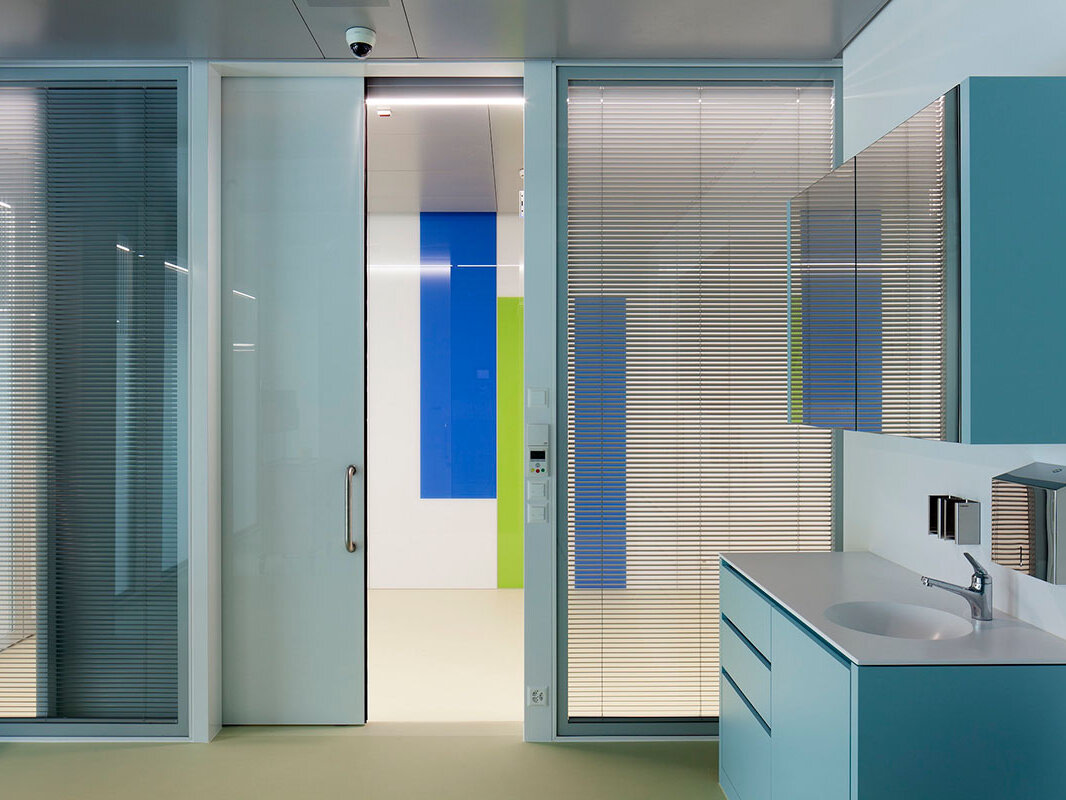
These three advanced glass technologies, self-cleaning, anti-reflective, and anti-microbial, are excellent examples of how innovation in glass manufacturing is addressing the evolving needs of architecture, design, and public health. From reducing maintenance costs to enhancing visibility and ensuring hygiene, functional glass is no longer a niche product, it’s becoming a standard in modern construction and industrial design.
Source: Glass Balkan
